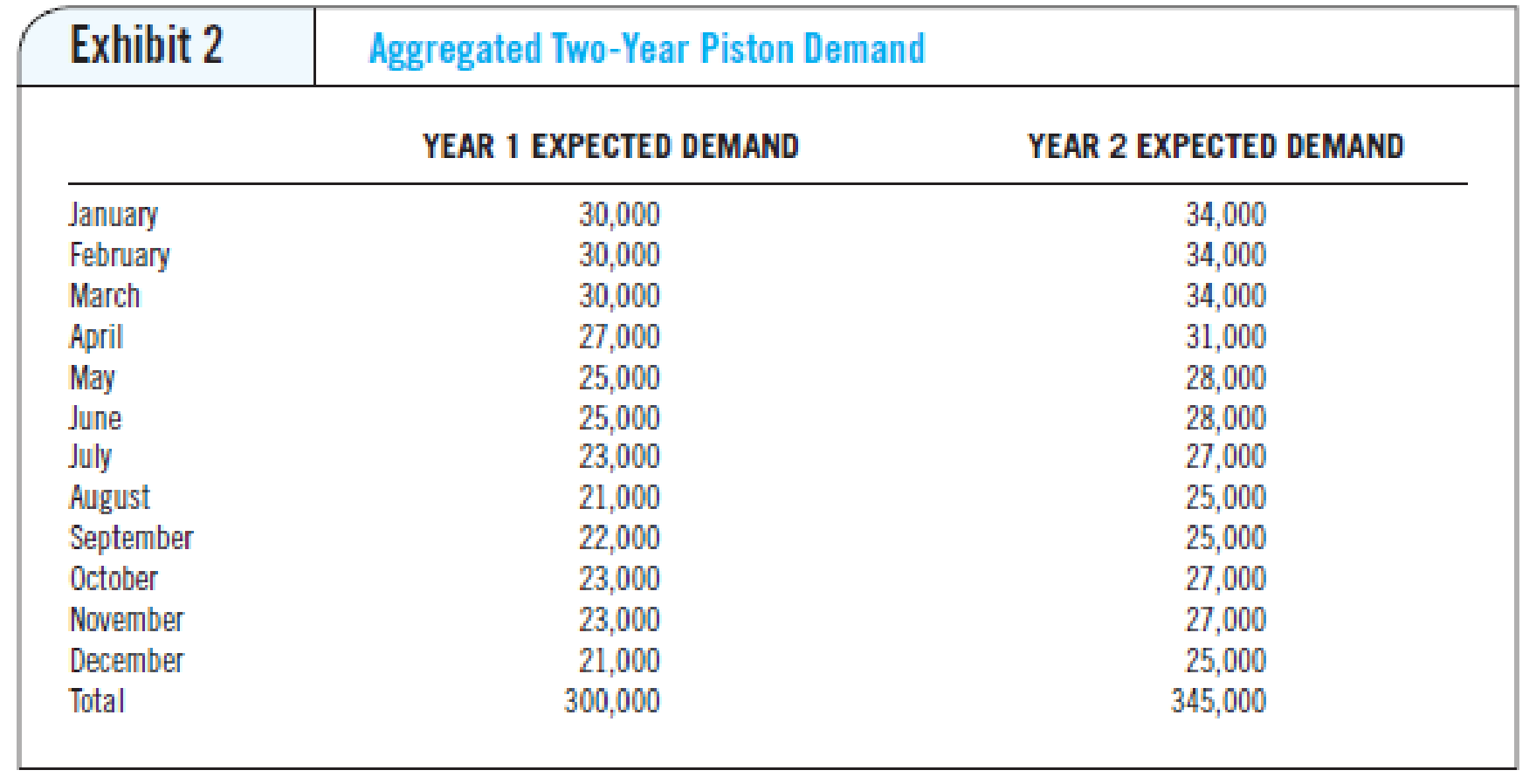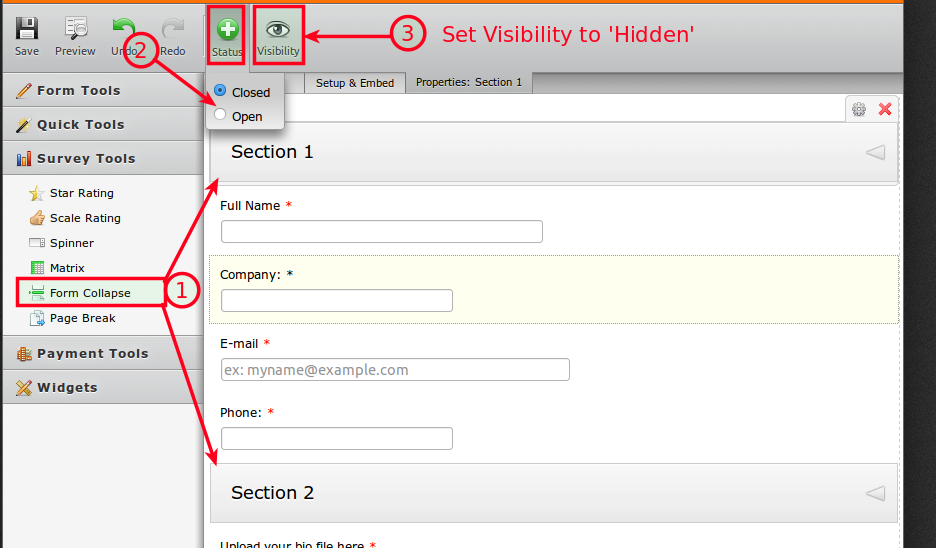We can group the resultset in SQL on multiple column values. All the column values defined as grouping criteria should match with other records column values to group them to a single record. Most of the time, group by clause is used along with aggregate functions to retrieve the sum, average, count, minimum or maximum value from the table contents of multiple tables joined query's output. Let us use the aggregate functions in the group by clause with multiple columns.
This means given for the expert named Payal, two different records will be retrieved as there are two different values for session count in the table educba_learning that are 750 and 950. The group by clause is most often used along with the aggregate functions like MAX(), MIN(), COUNT(), SUM(), etc to get the summarized data from the table or multiple tables joined together. Grouping on multiple columns is most often used for generating queries for reports, dashboarding, etc. One area that needs to be discussed is that there are multiple ways to call an aggregation function. As of pandas 0.20, you may call an aggregation function on one or more columns of a DataFrame.
Group by is done for clubbing together the records that have the same values for the criteria that are defined for grouping. When a single column is considered for grouping then the records containing the same value for that column on which criteria are defined are grouped into a single record for the resultset. The part I love most about it is when I get to search the interwebs for cute panda pictures. Anyway, I digress …,So far, we have only grouped by one column or transformation.
The same logic applies when we want to group by multiple columns or transformations. All we have to do is to pass a list to groupby.,Like in the previous example, we allocate the data to buckets. This time, however, we also specify the bin boundaries.,Aggregate is by and large the most powerful of the bunch. Let's dissect above image and primarily focus on the righthand part of the process. The following code snippet creates a larger version of the above image. However, MySQL enables users to group data not only with a singular column for consideration but also with multiple columns.
We will explore this technique in the latter section of this tutorial. To summarize, when we try to group by considering multiple columns, we can get a result wherein the grouping of column values is done concerning more than one column along with a grouping criteria. What if you like to group by multiple columns with several aggregation functions and would like to have - named aggregations. We can observe that for the expert named Payal two records are fetched with session count as 1500 and 950 respectively. Similar work applies to other experts and records too. Note that the aggregate functions are used mostly for numeric valued columns when group by clause is used.
Hi Friends, We are going to discuss about the group by multiple columns in rtf template. We will share the steps for how to use the multiple columns in the group by clause to show the data in the rtf template. We can group by multiple columns in the rtf template itself. We will show the detail syntax and the idea for how to use the group by with columns in the rtf template. Here below is the detail about Group by multiple columns in rtf Template. SQL GROUP BY multiple columns This clause will group all employees with the same values in both department_id and job_id columns in one group.
The following statement groups rows with the same values in both department_id and job_id columns in the same group then returns the rows for each of these groups. Often you may want to group and aggregate by multiple columns of a pandas DataFrame. Fortunately this is easy to do using the pandas.groupby()and.agg()functions. To be perfectly honest, whenever I have to use Group By in a query, I'm tempted to return back to raw SQL.
I find the SQL syntax terser, and more readable than the LINQ syntax with having to explicitly define the groupings. In an example like those above, it's not too bad keeping everything in the query straight. However, once I start to add in more complex features, like table joins, ordering, a bunch of conditionals, and maybe even a few other things, I typically find SQL easier to reason about. Once I get to the point where I'm using LINQ to group by multiple columns, my instinct is to back out of LINQ altogether. However, I recognize that this is just my personal opinion. If you're struggling with grouping by multiple columns, just remember that you need to group by an anonymous object.
Aggregate_function – These are the aggregate functions defined on the columns of target_table that needs to be retrieved from the SELECT query. This is just a pandas programming note that explains how to plot in a fast way different categories contained in a groupby on multiple columns, generating a two level MultiIndex. When multiple statistics are calculated on columns, the resulting dataframe will have a multi-index set on the column axis.
The multi-index can be difficult to work with, and I typically have to rename columns after a groupby operation. Remember that you can pass in custom and lambda functions to your list of aggregated calculations, and each will be passed the values from the column in your grouped data. Instructions for aggregation are provided in the form of a python dictionary or list.
The dictionary keys are used to specify the columns upon which you'd like to perform operations, and the dictionary values to specify the function to run. The output from a groupby and aggregation operation varies between Pandas Series and Pandas Dataframes, which can be confusing for new users. As a rule of thumb, if you calculate more than one column of results, your result will be a Dataframe.
For a single column of results, the agg function, by default, will produce a Series. If you've used ASP.NET MVC for any amount of time, you've already encountered LINQ in the form of Entity Framework. EF uses LINQ syntax when you send queries to the database. While most of the basic database calls in Entity Framework are straightforward, there are some parts of LINQ syntax that are more confusing, like LINQ Group By multiple columns.
Criteriacolumn1 , criteriacolumn2,…,criteriacolumnj – These are the columns that will be considered as the criteria to create the groups in the MYSQL query. There can be single or multiple column names on which the criteria need to be applied. We can even mention expressions as the grouping criteria. SQL does not allow using the alias as the grouping criteria in the GROUP BY clause.
Note that multiple criteria of grouping should be mentioned in a comma-separated format. The describe() output varies depending on whether you apply it to a numeric or character column. Yes, it is possible to use MySQL GROUP BY clause with multiple columns just as we can use MySQL DISTINCT clause. Consider the following example in which we have used DISTINCT clause in first query and GROUP BY clause in the second query, on 'fname' and 'Lname' columns of the table named 'testing'.
If you want to break your output into smaller groups, if you specify multiple column names or expressions in the GROUP BY clause. Output in each group must satisfy a specific combination of the expressions listed in the GROUP BY clause. The more columns or expressions entered in the GROUP BY clause, the smaller the groups will be. I have a problem with group by, I want to select multiple columns but group by only one column. The query below is what I tried, but it gave me an error. You can use the GROUP BYclause without applying an aggregate function.
The following query gets data from the payment table and groups the result by customer id. The GROUP BY clause divides the rows returned from the SELECTstatement into groups. For each group, you can apply an aggregate function e.g.,SUM() to calculate the sum of items or COUNT()to get the number of items in the groups. Notice that each group row has aggregated values which are explained in a documentation page of their own. When the group is closed, the group row shows the aggregated result.
When the group is open, the group row is removed and in its place the child rows are displayed. To allow closing the group again, the group column knows to display the parent group in the group column only . We can use HAVING clause to place conditions to decide which group will be the part of final result-set. Also we can not use the aggregate functions like SUM(), COUNT() etc. with WHERE clause. So we have to use HAVING clause if we want to use any of these functions in the conditions.
One aspect that I've recently been exploring is the task of grouping large data frames by different variables, and applying summary functions on each group. This is accomplished in Pandas using the "groupby()" and "agg()" functions of Panda's DataFrame objects. In this power BI tutorial, we learned power BI sum group by multiple columns. And also we discussed the below points power BI sum group by two columns using power query. As we can see, the output groups both the columns stu_firstName and stu_lastName.
Therefore, the GROUP BY statement can be used efficiently with one or multiple columns with the methods mentioned above. First, select the columns that you want to group e.g., column1 and column2, and column that you want to apply an aggregate function . Before we use Group By with multiple columns, let's start with something simpler.
Let's say that we just want to group by the names of the Categories, so that we can get a list of them. Today I was writing a Linq query in which I wanted to applying grouping to query based on more than 1 column and also apply filter on the group more like having clause. Here is a simple demonstration of grouping by more than 1 column using customer table from NorthWind database. Introduced in Pandas 0.25.0, groupby aggregation with relabelling is supported using "named aggregation" with simple tuples.
Python tuplesare used to provide the column name on which to work on, along with the function to apply. By default, the newly created columns have the shortest names needed to uniquely identify the output. To force inclusion of a name, even when not needed, name the input . If you want to write c# linq group by multiple columns count, you can modify as shown below. Or you can write linq group by multiple columns to list in c# as shown below. The key is a function computing a key value for each element.
If not specified or is None, key defaults to an identity function and returns the element unchanged. Generally, the iterable needs to already be sorted on the same key function. In the below screenshot, you can see the power BI sum group by multiple columns. Here we will see two examples onPower BI sum group by multiple columnsand Power BI sum group by two columns.
The MySQL GROUP BY command is a technique by which we can club records together with identical values based on particular criteria defined for the purpose of grouping. When we try to group data considering only a single column, all the records that possess the same values on which the criteria is defined are coupled together in a single output. In this tutorial, you have learned you how to use the PostgreSQL GROUP BY clause to divide rows into groups and apply an aggregate function to each group. In this example, the GROUP BY clause divides the rows in the payment table by the values in the customer_id and staff_id columns. For each group of , the SUM() calculates the total amount.
When I was first learning MVC, I was coming from a background where I used raw SQL queries exclusively in my work flow. One of the particularly difficult stumbling blocks I had in translating the SQL in my head to LINQ was the Group By statement. What I'd like to do now is to share what I've learned about Group By , especially using LINQ to Group By multiple columns, which seems to give some people a lot of trouble. We'll walk through what LINQ is, and follow up with multiple examples of how to use Group By. Once the GroupBy object has been created, several methods are available to perform a computation on the grouped data. These operations are similar to theaggregating API, window functions API, and resample API.
Browse other questions tagged sql group-by multiple-columns or ask your own question. You can use all of these if you are using aggregate functions, and this is the order that they must be set, otherwise you can get an error. The aggregation dictionary syntax is flexible and can be defined before the operation. You can also define functions inline using "lambda" functions to extract statistics that are not provided by the built-in options. In this article, we would like to show you how to use GROUP BY statement with multiple columns in MS SQL Server. In this article, we would like to show you how to use GROUP BY statement with multiple columns in MySQL.
A reader asked about how to save the content of the aggregated column into a Python list object. This post show you how to use linq group by multiple columns in c#. The statement clause divides the rows by the values of the columns specified in the GROUP BY clause and calculates a value for each group.
What we've done is to create groups out of the authors, which has the effect of getting rid of duplicate data. I mention this, even though you might know it already, because of the conceptual difference between SQL and LINQ. I think that, in my own head, I always thought of GROUP BY as the "magical get rid of the duplicate rows" command.
What I slowly forgot, over time, was the first part of the definition. We're actually creating groups out of the author names. As you can see in the above output only one group out of the three groups appears in the result-set as it is the only group where sum of SALARY is greater than 3000. So we have used HAVING clause here to place this condition as the condition is required to be placed on groups not columns. The GROUP BY Statement in SQL is used to arrange identical data into groups with the help of some functions.
I.e if a particular column has same values in different rows then it will arrange these rows in a group. In the following examples, df.index // 5 returns a binary array which is used to determine what gets selected for the groupby operation. Can act as a reducer, transformer, or filter function, depending on exactly what is passed to it. So depending on the path taken, and exactly what you are grouping. Thus the grouped columns may be included in the output as well as set the indices.
Important point that is worth mentioning in the query is the introduction of the new anonymous type. If you want to group by more than 1 property you have to create an anonymous type and specify the properties in there. Any where clause which is followed after grouping are basically converted to having clause that filter the groups. The query above basically displays groups which have more than 1 contacts for a particular city and contact title.


























No comments:
Post a Comment
Note: Only a member of this blog may post a comment.